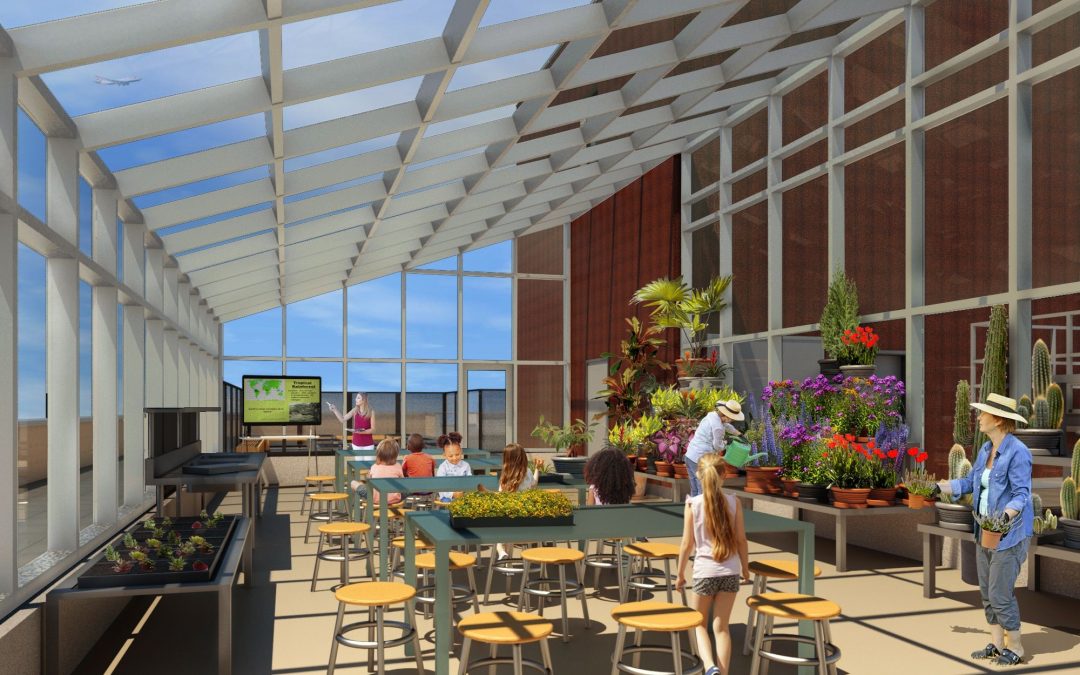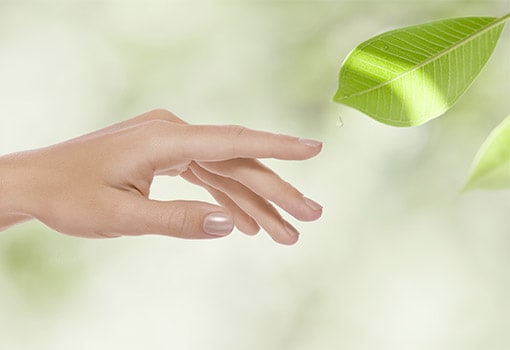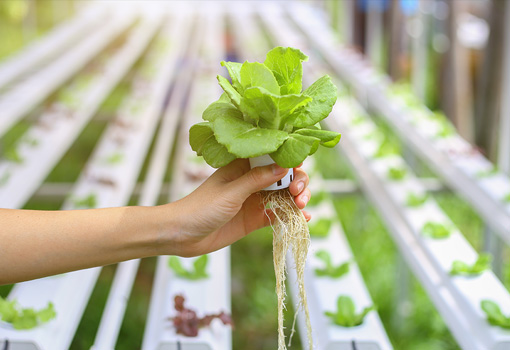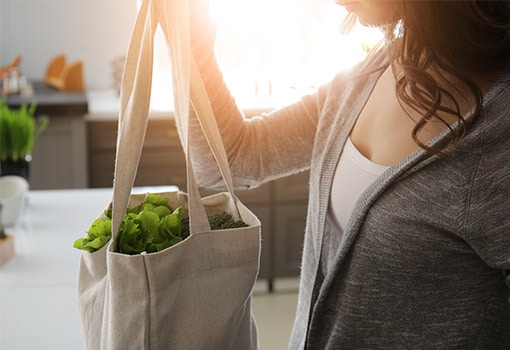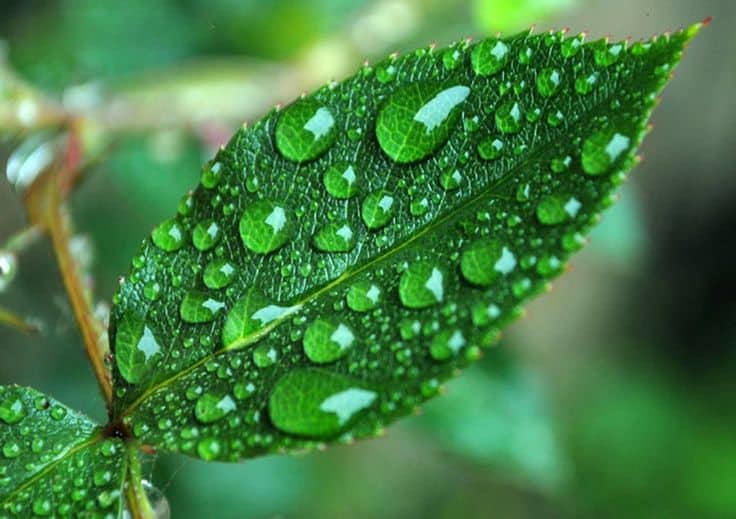Green roofs (or living roofs) are roofs with vegetation covering it, like plants, flowers, grass, and shrubs. The greenery is typically rooted in some type of growing medium with water (like soilless hydroponics), with a waterproofing layer below that provides protection for the roof.
many benefits of green roofs
The benefits of green roofs are many as they serve both form and function! Aside from the aesthetic benefits of being in nature, there are a whole host of environmental benefits. For example, they insulate buildings, absorb rainwater, and help diversify urban habitats. Here’s another one you may not have considered — they are great outdoor classrooms for kids.
green roofs are great educational opportunities
Why are they great for schools? Well, educational value to start. Green roofs are living classrooms where students can learn about plants, trees, insects and butterflies. A green roof classroom gives children a chance to get hands-on learning about wildlife and the outdoors right before their eyes!
Exposure to nature also helps them learn to appreciate it for themselves. And it’s also a good way to introduce them to other topics like the environment and climate change, as well as daily practices and habits they can engage in to live more sustainably.
nature & mental development
It’s commonly understood that humans benefit from spending time outdoors, so green roofs are positive for kids’ mental health as well. It’s valuable for emotional development and boosting their well-being. Being in nature is calming and reduces stress; it increases happiness, and it’s no different for children!
Outdoor learning isn’t necessarily a new idea. But it’s especially valuable in a time when everyone is more vulnerable to viruses when in close quarters indoors. When possible, outdoor learning is ideal and provides more space for social distancing. Children, teachers, the school and the community at large would all benefit!
Source: Living Architecture Monitor. Image: NYC School Construction Authority.

